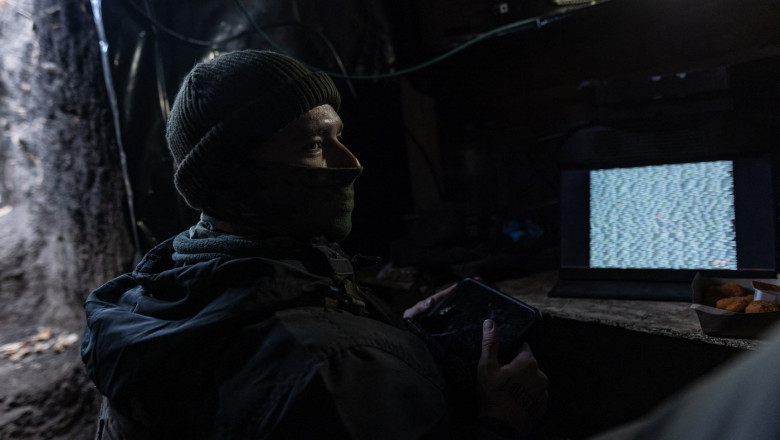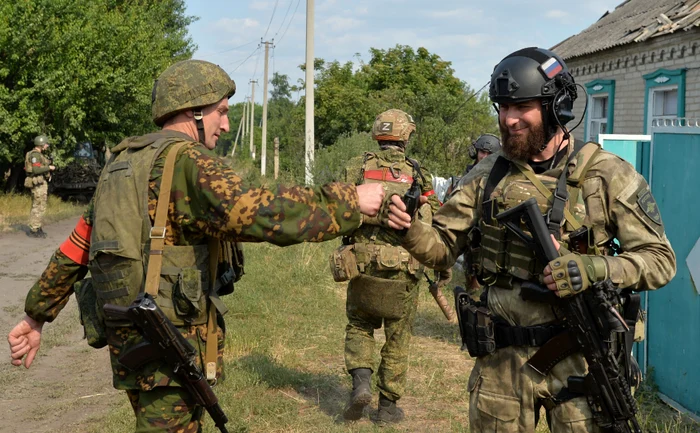
Automation and Drones Revolutionize Warfare on Russian-Ukrainian Frontline
With the ongoing war between Russia and Ukraine nearing its 1,000th day, both sides are increasingly utilizing automated weapons and drone technology. Ukraine’s defense manufacturing sector has seen a rapid rise in innovation, spurred by the changing requirements of the battlefield. This shift has resulted in increased production and use of drones, anti-drone devices, and other artificial intelligence (AI) technology.
Ukraine’s Defense Innovation: A Response to Changing Combat Conditions
Following Russia’s large-scale invasion in 2022, over 800 companies have emerged in Ukraine’s defense manufacturing sector. These companies were formed in response to the need for advanced technologies in the battlefield, such as drones, anti-drone technology, and AI systems. This rapid innovation has led to Ukraine becoming a global leader in defense technology.
Both Russia and Ukraine are expected to produce around 1.5 million drones this year, costing a few hundred dollars each. These drones can be remotely controlled to identify and attack enemy targets. The change in warfare strategy has seen a decrease in infantrymen on the front lines, replaced by remote operation from safer locations.
The Rise of Anti-Drone Technology
In response to the increased use of drones, companies like Unwave, co-founded by Yuriy Shelmuk, have emerged, providing drone signal jamming machines. Unwave is one of about 30 firms that produce systems disrupting drone signals and computerized systems, a much-needed technology in modern warfare.
Groundbreaking Unmanned Ground Vehicles
Over 160 companies in Ukraine are now building unmanned ground vehicles. These vehicles can deliver supplies, evacuate wounded soldiers, or carry remotely operated weapons. This remote warfare reduces the risk of personnel being killed and is predicted to be the primary development direction in future warfare.
Challenges Facing Defense Manufacturing Sector
Despite the rapid growth and innovation, Ukraine’s defense manufacturing sector faces challenges such as tight profit-margin limits, a lack of long-term procurement contracts, and a shortage of qualified staff. In addition, the ban on arms exports during wartime has led to many companies considering or even relocating their operations abroad.
Ukraine’s Strategic Industries Minister, Herman Smetanin, stated that the country has invested $1.5 billion in upgrading defense production. However, Ukraine can only afford to purchase about half of its $20 billion defense production capacity, leaving a significant amount of capacity unused.
Future of Warfare
As warfare evolves with the advent of new technologies, remote warfare, including the use of artificial intelligence, is constantly developing. The future of warfare, as Smetanin describes, will be a “war of robots,” focusing on preserving human lives by shifting to automated and remote-controlled warfare.




